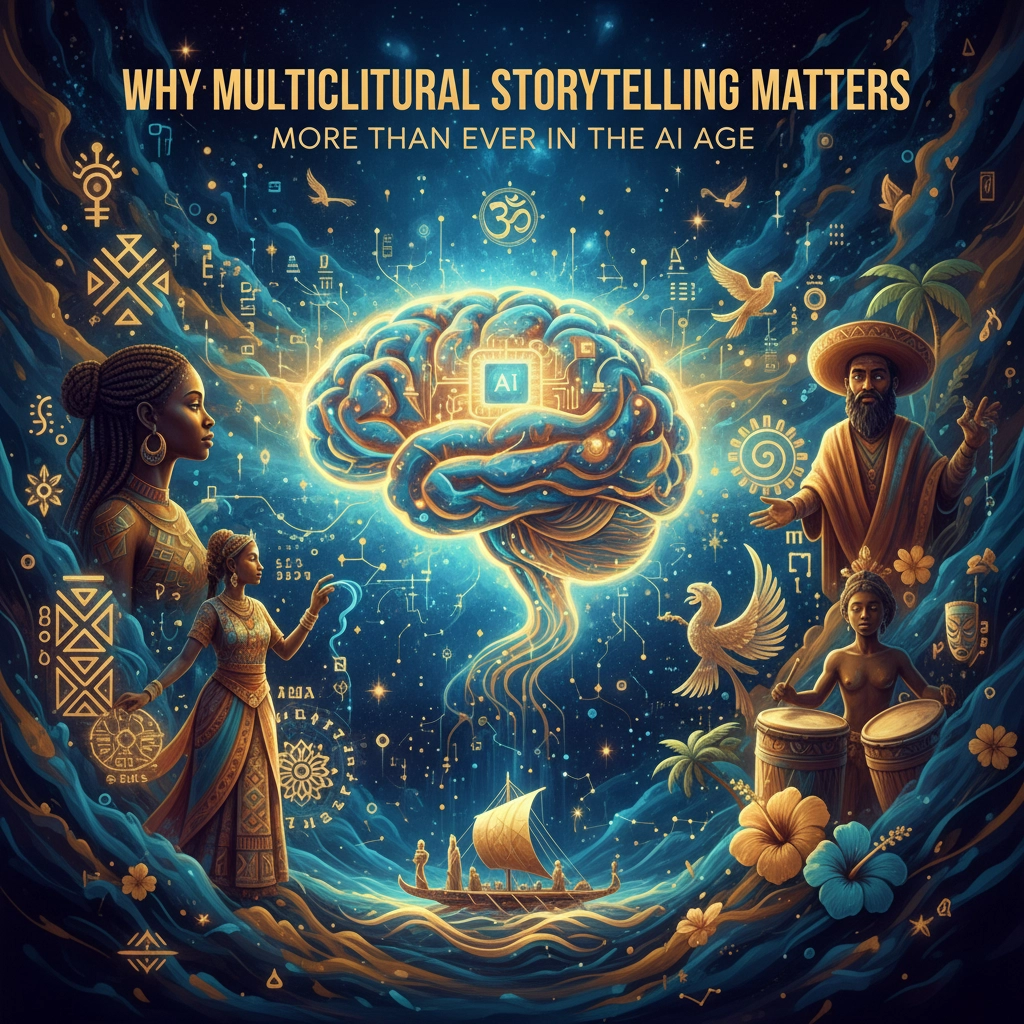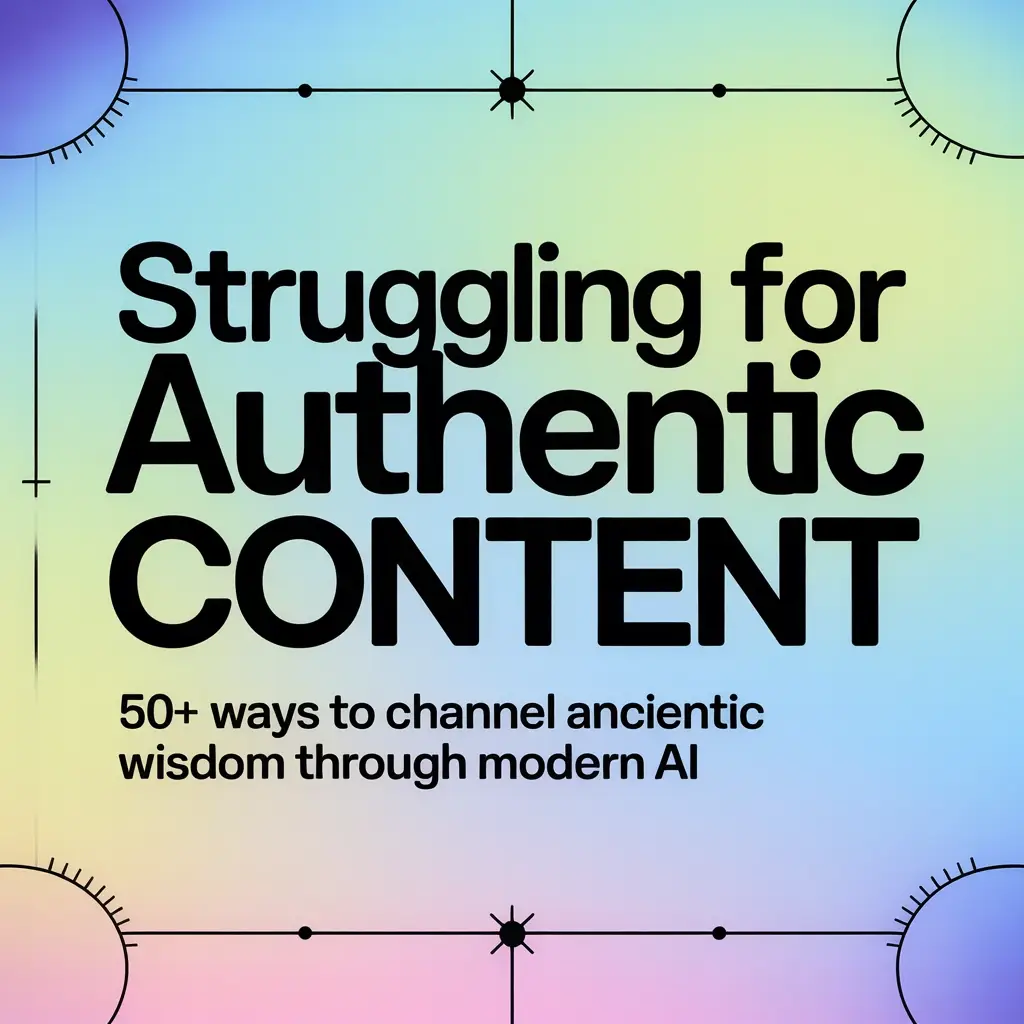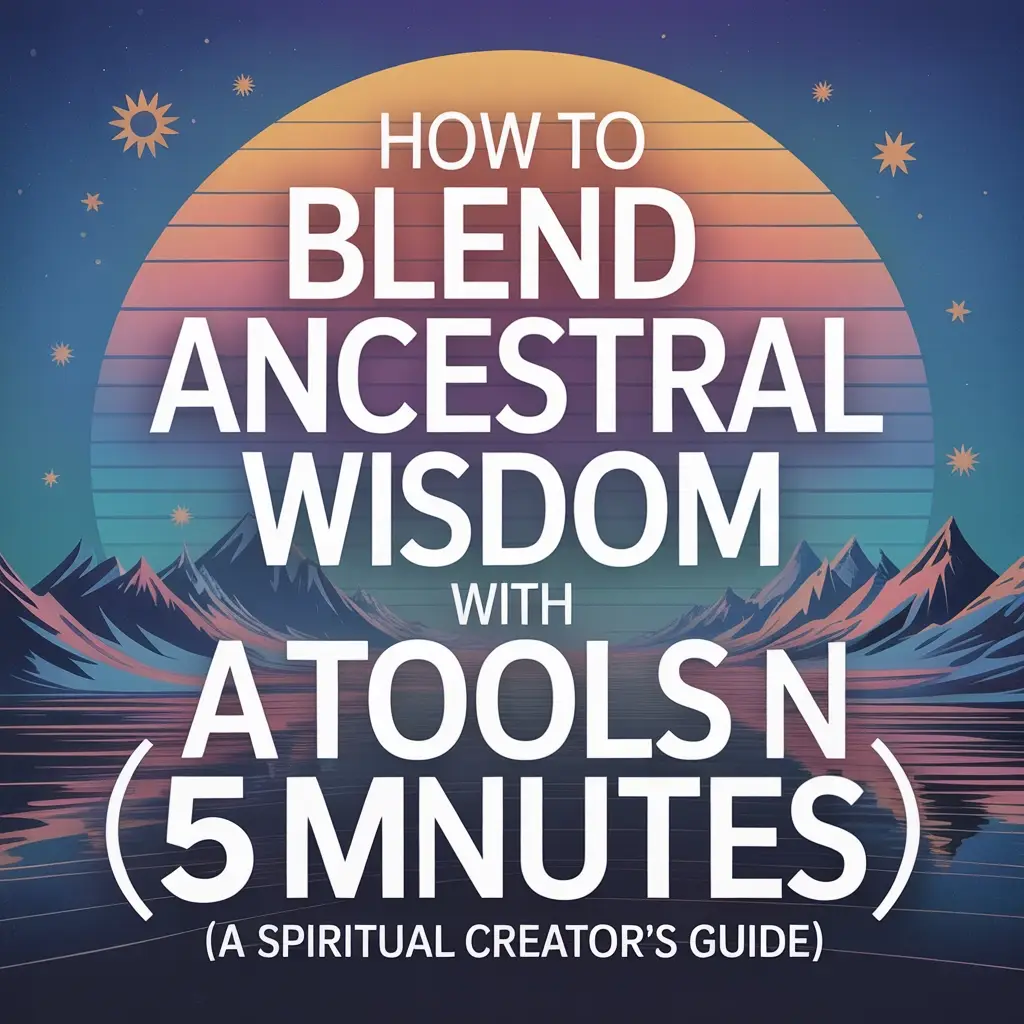AI systems now generate content across industries. Cultural narratives face new challenges and opportunities. The intersection creates risks for authentic representation while opening access for marginalized voices.
The Risk of Cultural Flattening
AI-generated content often produces superficial cultural representation. Algorithms reduce complex traditions to visual symbols without context. Multi-generational narratives become simplified patterns lacking real-world grounding.
Machine learning models trained on limited cultural data create incomplete representations. The output mimics surface elements while missing deeper meanings. This process transforms rich heritage into generic aesthetics.
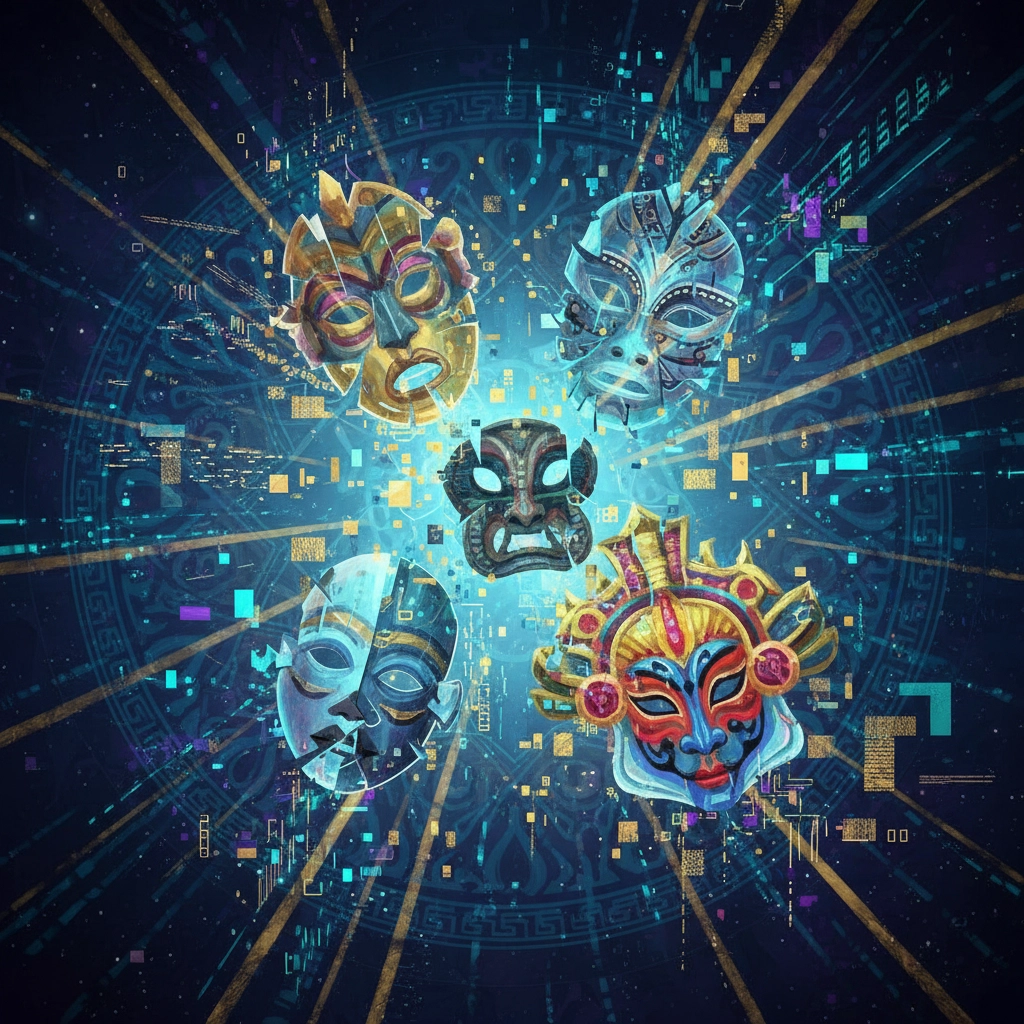
Brands using AI for cultural content face responsibility for authentic representation. Surface-level borrowing from diverse cultures creates hollow imitations. The technology replicates appearances without understanding underlying significance.
Cultural flattening occurs when AI systems process traditional narratives through standardized frameworks. Unique storytelling methods get filtered into common templates. The result loses cultural specificity that makes traditions meaningful.
Opportunities for Cultural Preservation
AI offers tools for preserving endangered languages and oral traditions. Text2Tradition projects translate spoken history into visual formats through machine learning. These systems can document cultural knowledge before it disappears.
Indigenous communities use AI to maintain linguistic heritage. Algorithms help transcribe and organize traditional stories for future generations. The technology serves as a digital archive for cultural knowledge.
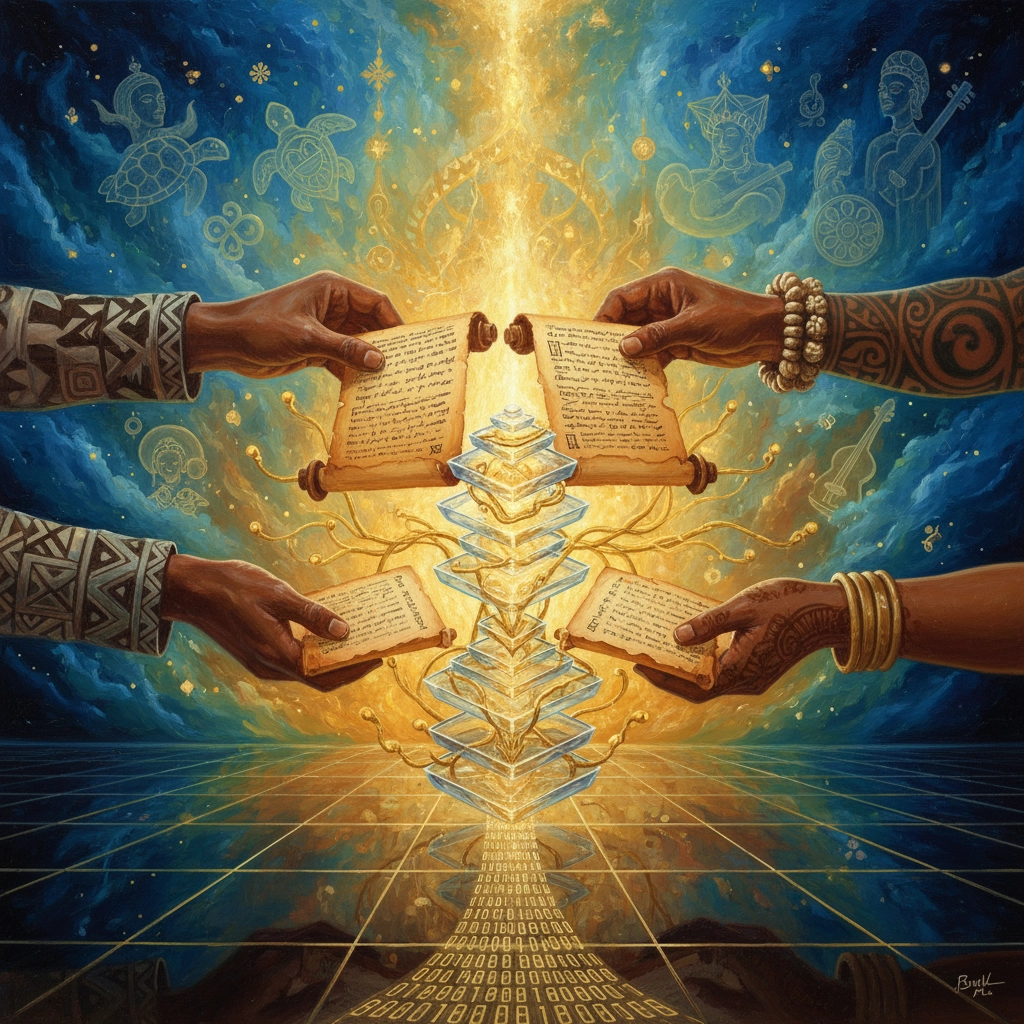
Machine learning accelerates content production for historically marginalized voices. Economic barriers that once limited storytelling access decrease. Creators from diverse backgrounds gain tools for sharing narratives globally.
AI systems can identify patterns in cultural storytelling methods. This analysis helps preserve unique narrative structures across different traditions. The data supports research into cultural communication patterns.
The Human Element Requirements
AI struggles with emotional intuition essential for authentic storytelling. Cultural nuances require human understanding that algorithms cannot replicate. Machine-generated content lacks empathy and lived experience.
Authentic cultural representation needs community involvement throughout the process. Human storytellers provide context that prevents superficial appropriation. Community members guide AI applications to ensure respectful use.

Training data quality determines AI output authenticity. Systems require culturally specific datasets to avoid generic representations. Human curation ensures training materials represent accurate cultural contexts.
AI should enhance rather than replace human cultural storytellers. Technology handles repetitive tasks while humans focus on creative and contextual work. This collaboration maintains cultural authenticity while improving efficiency.
Practical Implementation Strategies
Establish community partnerships before using AI for cultural content. Work with cultural authorities to develop appropriate guidelines. Include community members in the review process for AI-generated materials.
Create culturally aware training datasets through systematic collection methods. Document ethical considerations and historical contexts during data gathering. Ensure datasets represent diverse perspectives within cultural groups.
Implement review processes that include cultural experts. Test AI outputs with community members before publication. Adjust algorithms based on feedback from cultural authorities.
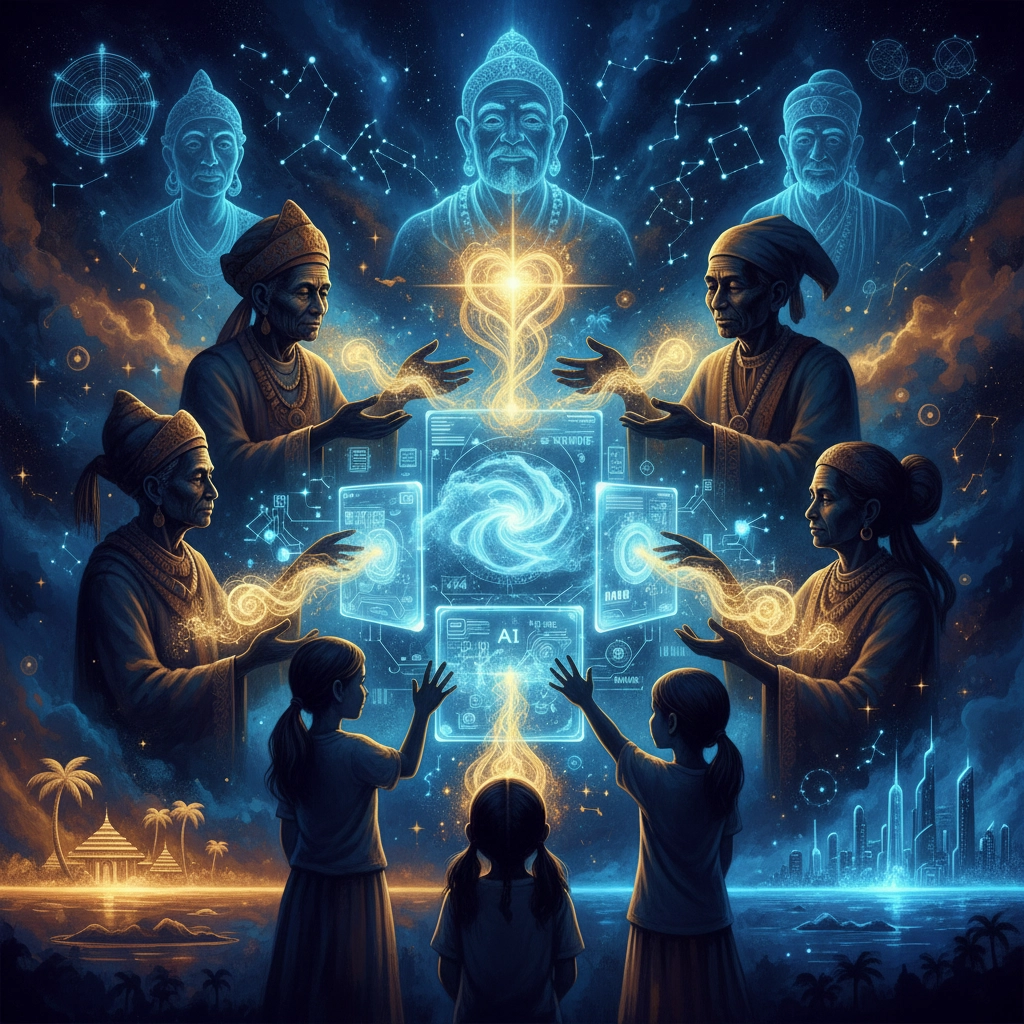
Develop standard methodologies for culturally inclusive AI applications. Create frameworks that prioritize authenticity over efficiency. Establish metrics that measure cultural accuracy alongside technical performance.
Use AI to support traditional storytelling methods rather than replacing them. Apply technology to preserve and distribute cultural content created by community members. Focus on amplifying existing voices rather than generating new content.
Global Implications for Cultural Diversity
International organizations recognize storytelling as essential for inclusive AI development. Investment in cultural narrative preservation prevents homogenization of global perspectives. These efforts maintain diversity in digital spaces.
AI systems educated on diverse cultural datasets perform better across different communities. Inclusive training data prevents bias toward dominant cultural patterns. This approach ensures technology serves varied user populations effectively.
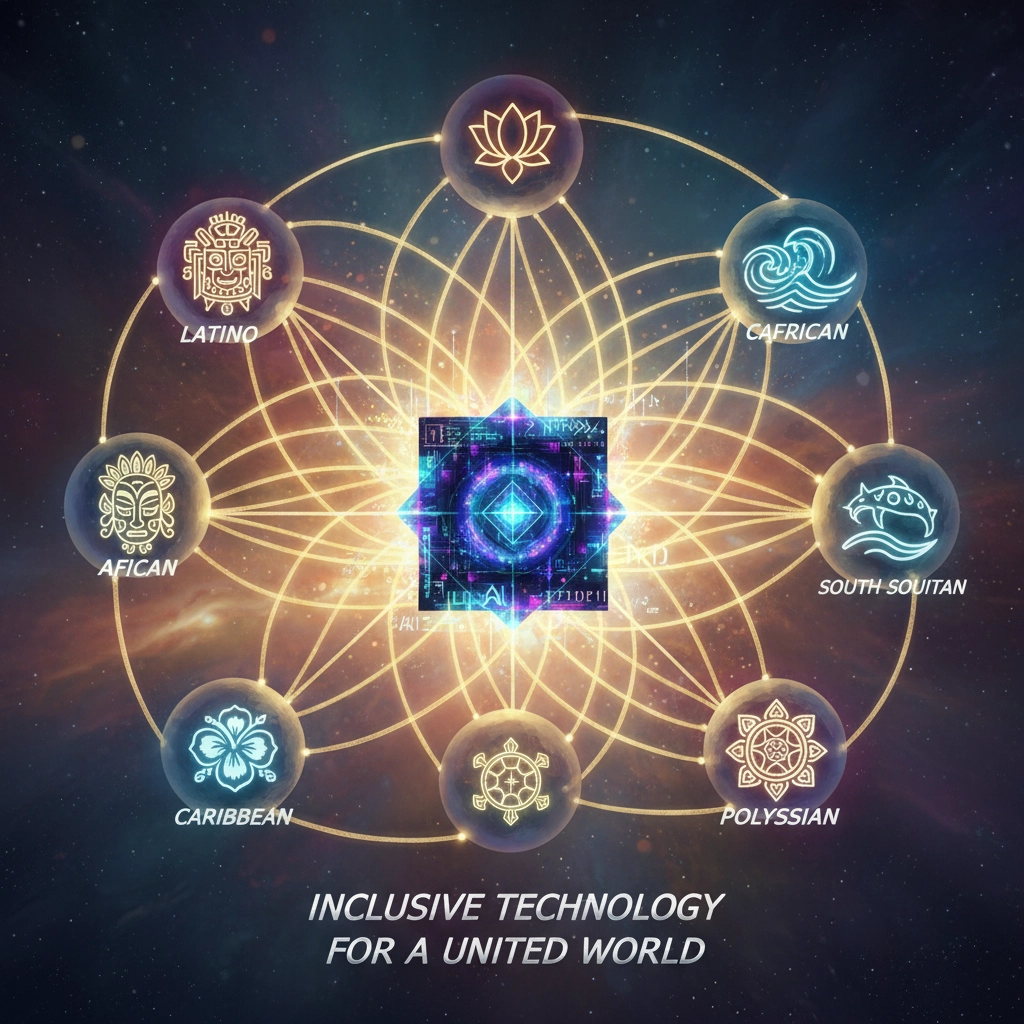
Digital safeguarding of at-risk oral traditions prevents cultural knowledge loss. Machine learning systems can organize and preserve storytelling patterns before they disappear. This documentation supports cultural continuity across generations.
The future of AI depends on maintaining cultural specificity in training data. Homogenized datasets create systems that serve only dominant cultural groups. Diverse training materials ensure technology benefits all communities equally.
Moving Forward with Cultural Responsibility
Multicultural storytelling provides essential data for developing inclusive AI systems. These narratives teach machines about human diversity and cultural variation. The input shapes how AI systems understand and serve different communities.
Technology companies need cultural consultation throughout development processes. Expert guidance prevents harmful stereotyping and cultural appropriation in AI outputs. This investment protects cultural integrity while advancing technological capabilities.
Educational initiatives must include cultural awareness in AI training programs. Developers need understanding of cultural sensitivity and representation issues. This knowledge prevents unintentional harm through poorly designed systems.
Policy frameworks should require cultural impact assessments for AI systems affecting diverse communities. Regular evaluation ensures technology serves rather than displaces cultural practices. These measures protect cultural heritage in digital transformation processes.
The intersection of AI and multicultural storytelling shapes how future generations understand cultural diversity. Careful implementation preserves authentic representation while expanding access to cultural narratives. This balance determines whether technology strengthens or weakens global cultural heritage.

